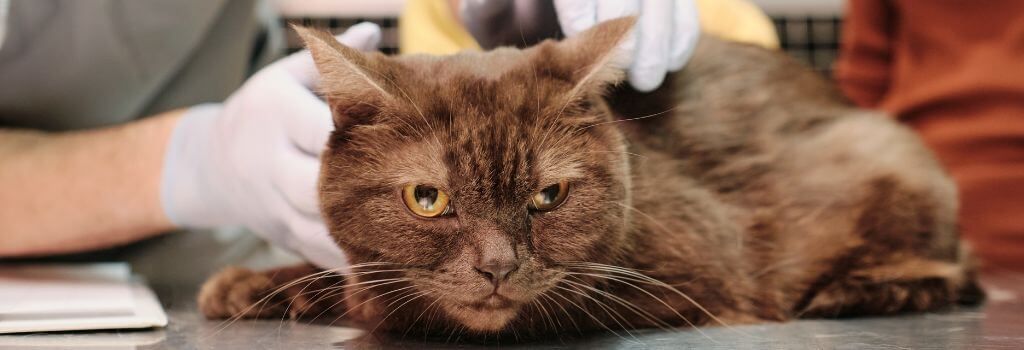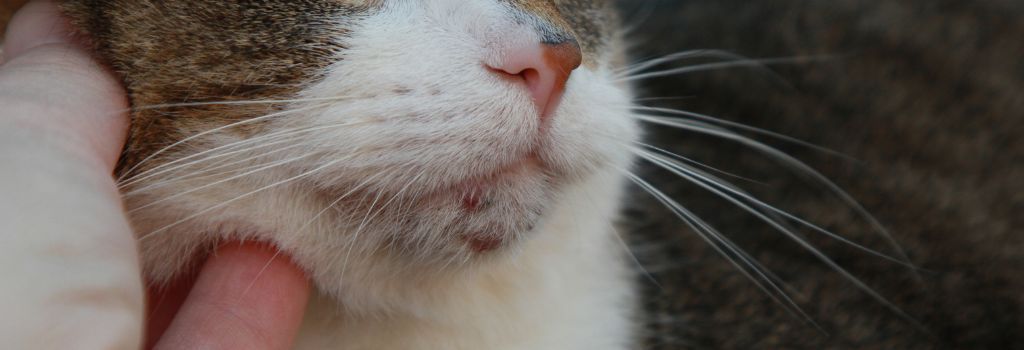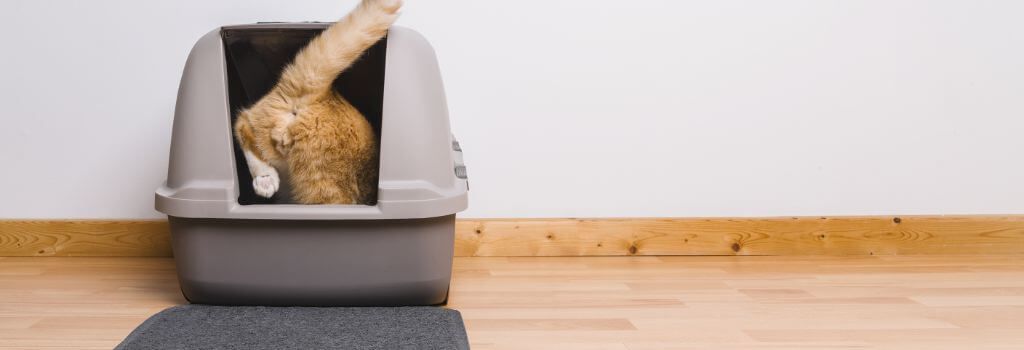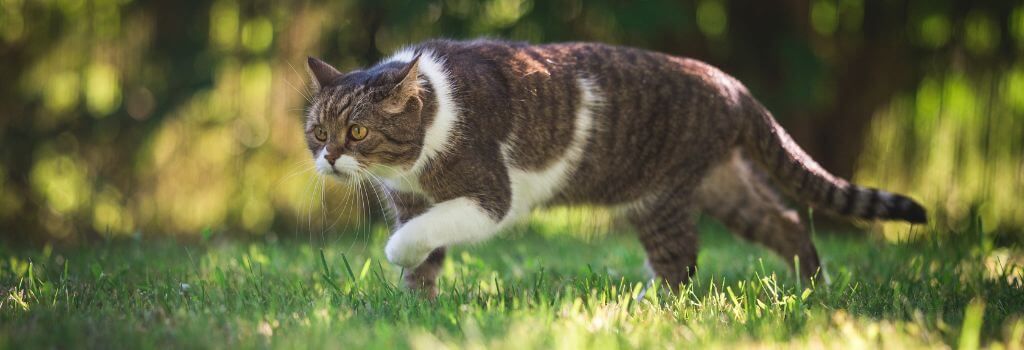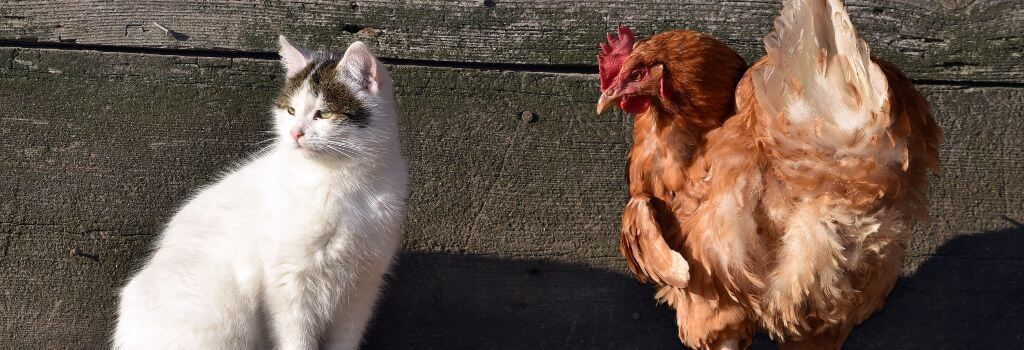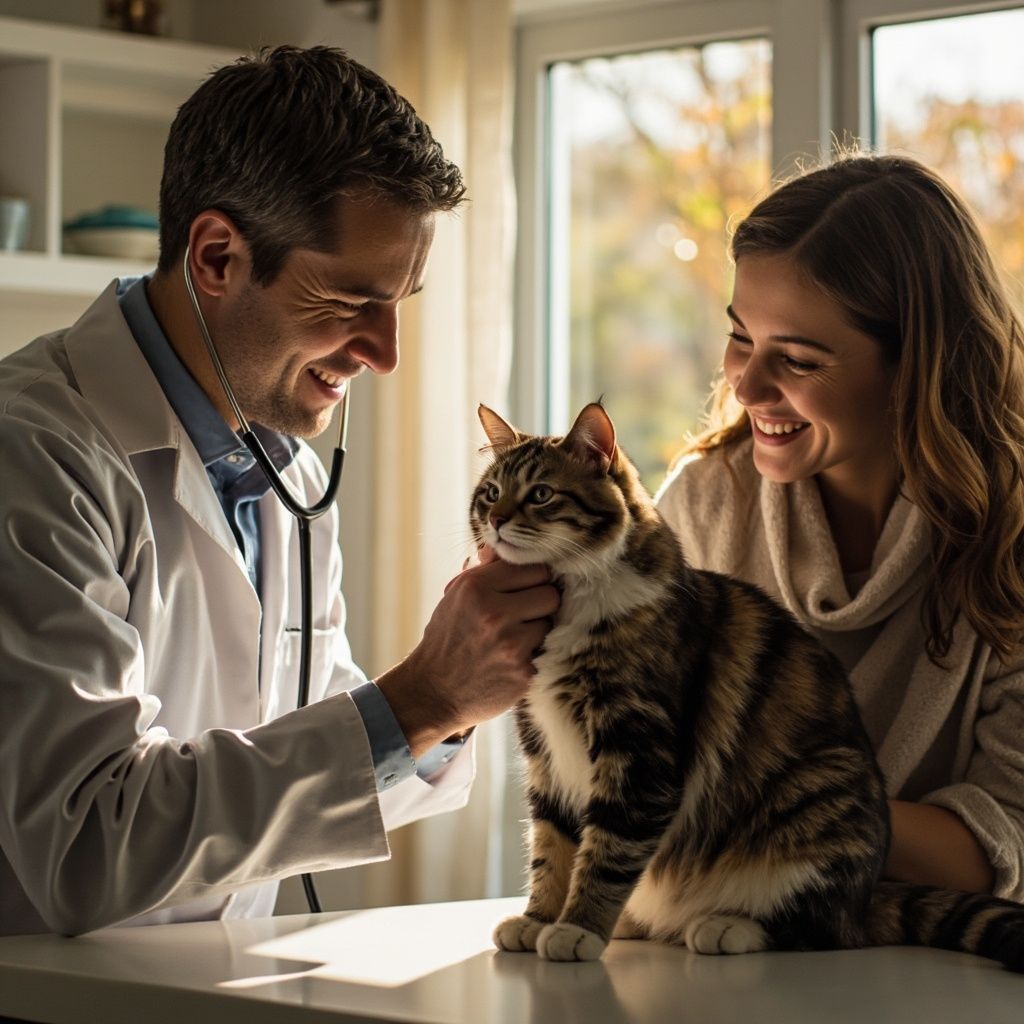Smart Pet Technology: A Guide to Modern Pet Care
The accessibility and advancement of smartphones and computers and every kind of tech in between have transformed our lives completely. Everything from how we keep in touch with family and friends to the way we track and monitor our pets' health and daily activities can now be done through some smart device – and for pet owners everywhere, it's become life-changing, adding a new perspective to keeping up with their pet's health and care needs.
From smart collars to AI-powered feeding systems, these innovative tools cover just about every avenue of pet care you can think of and can become even more powerful when the insights gained from this tech are regularly shared with your veterinarian. If you're considering a high-tech solution for your furry friend, keep reading to explore some of the most popular options available today.

Smart Collars
Smart collars do far more than display identification tags. Advanced GPS tracking provides real-time location data to provide peace of mind if your pet ever wanders off. More impressively, some devices monitor vital signs, including heart rate, respiratory rate, and activity levels. Some models can even detect excessive scratching or licking, potentially alerting you to skin issues or anxiety behaviors before they become serious problems.
Pet Cameras
Cameras with two-way audio have revolutionized how we interact with our pets while away. And the best part is that some of these systems do more than just show live video. They can dispense treats, play music, and even alert you to unusual behaviors. AI-powered features can even distinguish between normal activity and potential problems and instantly notify you if something seems amiss. It’s almost as good as having a pet setter keeping an eye on your four-legged family member while you’re away.
Automatic Feeders
Automatic smart feeders have transformed mealtime management. These devices measure exact portions, maintain regular feeding schedules, and even identify which pet is eating from the bowl. Many models come with collars that ensure only a particular pet can access the feeder. Some even work with a pet’s existing microchip. For homes with multiple pets or animals on prescription diets, these feeders ensure each pet receives the correct amount and type of food. They can help with weight management , too.
Digital Health Tracking
Pet health monitoring platforms
are invaluable tools for managing chronic conditions and staying on top of preventive care. These systems store vaccination records, track medication schedules, generate detailed health reports, and more. They deliver vital information to your smartphone, and some systems can send information directly to your pet’s veterinarian.
For cats, some smart litter boxes act as health tracking devices linked to your phone, with some having features that detect and track changes that may indicate a health condition like UTI, kidney disease, diabetes, hyperthyroidism, and obesity that let you know it's time to take a trip to the vet for an official diagnosis.
Water Consumption Monitoring
Many pets — especially cats — don’t drink as much water as they should. Smart water fountains make it easier to determine whether your furry friend is staying properly hydrated. These devices measure water intake, maintain optimal water quality through advanced filtration, and alert owners to changes in drinking patterns. Since changes in water consumption often signal underlying health issues, this information can aid in early disease detection.

Automated Play and Exercise
Just like people, pets need regular exercise to maintain both physical and mental health. Unfortunately, many well-meaning pet parents simply don’t have the time or energy to provide as much exercise as their companions need. With automated play systems, you can keep your pet active even when you’re busy. Some devices use lasers or moving toys to encourage exercise, while others launch balls or dispense treats to prevent boredom and promote activity.
Restful Sleep
With a smart pet bed , you can set the perfect temperature to help your canine companion or feline friend get a great night’s sleep. Some even feature massagers, speakers, and even a camera that lets you check in in your pet while they snooze.
The Benefits of Integrated Pet Technology
When these technologies work together, they can be used to form a comprehensive picture of your pet’s health while giving your furry friend the best life possible. For example, a smart collar might detect increased heart rate during rest, while the water fountain shows increased drinking, and the activity monitor reveals reduced movement. This combined data makes it easier to detect — and seek veterinary care for — potential health problems as early as possible.
Finding the Right Balance
While these technologies offer incredible insights, they work best as part of a comprehensive healthcare strategy. In other words, they aren’t meant to be an alternative to scheduling regular appointments with your pet’s veterinarian. The data they provide enhances, rather than replaces, regular veterinary care. Think of these tools as an early warning system that helps identify potential problems between check-ups.
Making Technology Work for You
Thinking about investing in smart technology for your furry friends but not sure where to start? Start by identifying your specific needs. If you’re concerned about your pet’s activity level, begin with a smart collar. If feeding schedules are challenging, a smart feeder might be your best first investment. Then, consider incorporating other technology into your pet’s routine as appropriate. Remember that any device is only as useful as the attention you pay to its data.
The Future of Veterinary Care
The integration of smart technology in pet care marks an exciting advancement in veterinary medicine. These tools provide unprecedented insights into our pets’ health and behavior patterns, allowing for more proactive and personalized care approaches. Through careful monitoring and data analysis, we can often identify and address health issues before they become serious problems. Plus, many of these products are designed to enhance comfort. Whether it’s a bed that warms up automatically or a water fountain with filters to ensure fresh, clean water every time your furry friend takes a slurp, technology benefits pets in many ways.
Ready to explore how smart pet technology can enhance your pet’s life and healthcare routine? Schedule an appointment with your veterinarian to discuss which devices might benefit your pet’s specific needs. They can help you develop a care plan that combines traditional veterinary medicine with innovative monitoring tools and other high-tech solutions. Get started today to take the first step toward embracing a smarter approach to your pet’s health!
If you have questions and you'd like to reach out to us, you can call us directly at (859) 625-5678 , or you can email us at aacrichmond@yahoo.com. Don't forget to follow us on social media Facebook , Instagram.
Recent Posts

